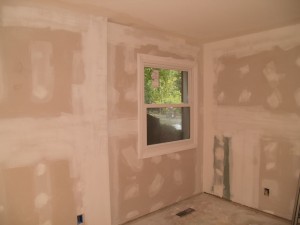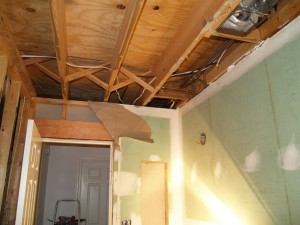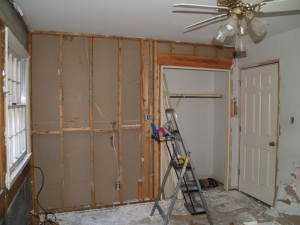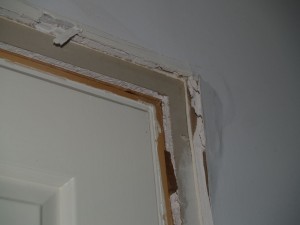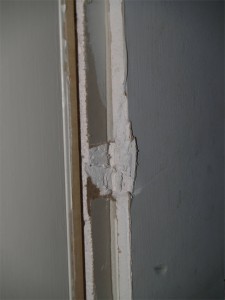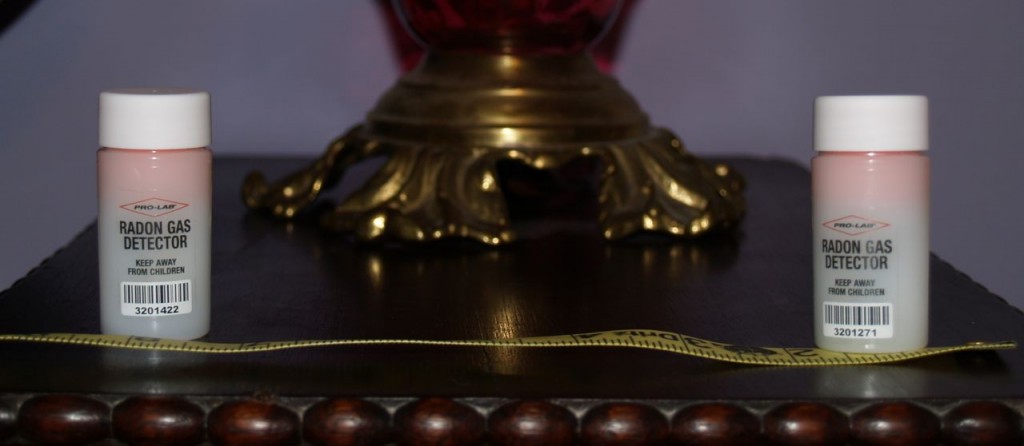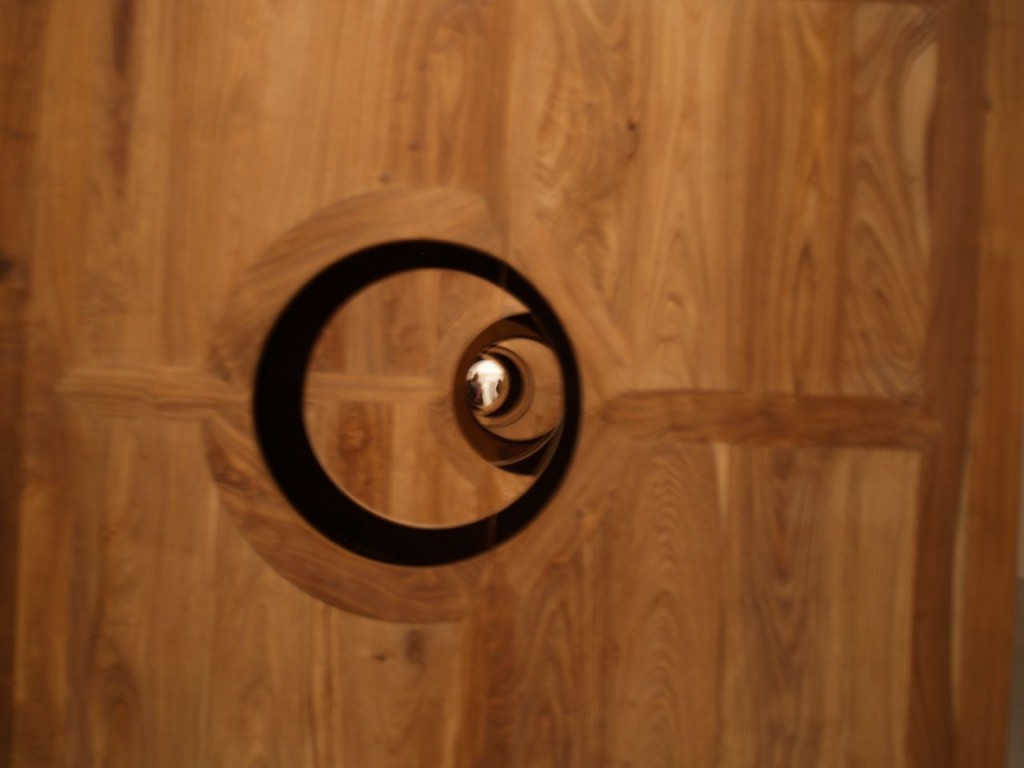Geeky Girl Engineer’s Home DIY Tips for Morons
This is freshly installed drywall.
Drywall is that stuff you paint and hang things on. It is also known as gypsum board because the interior of it has gypsum in it. In bathrooms, green board is used because it is moisture resistant, but it is not moisture proof. It is called green board because it is green. Yes, home buildings supplies have very creative names. It is seen below in my guest bathroom as I was tearing it out for renovations.
Drywall is screwed or nailed to studs. It covers up the insulation, studs, wires, pipes, and everything else that goes behind a wall. Fairly simple, right? Evidently not so much for the morons who “renovated” my house at one point before I bought it. Here is the room that is now my guest room when I was tearing things down to renovate.
Look at the wall on the right that still has the drywall. See the brown outline around the door? Here is an up close photo of it.
That outline is due to a second layer of drywall that was unpainted and revealed when the door trim was removed. Here is another look at it.
So let’s just be clear: there is absolutely no point to two layers of drywall on one side of a wall. One layer of drywall is all you need. In fact, if you add a second layer, then the electrical outlets and light switches don’t fit through properly. I have tried to come up with a logical reason for the two layers of drywall. Best I can come up with is that they noticed the mold on the drywall on another wall in the room and assumed it was from moisture from the adjoining bathroom. Therefore they decided to put up a second layer of drywall to stop the moisture. This makes no logical sense, and the drywall wouldn’t stop moisture from coming through the wall. Assuming this is the reason, they entirely missed the reason for the mold anyway. The mold was due to the fact that behind the drywall was furring strips on cinder blocks. The cinder blocks formed the exterior wall. The two exterior walls of this room are underground, hence the cinder blocks, and there was not enough moisture protection to prevent moisture from the ground coming through the cinder blocks which then would gets to the drywall.
However, I really don’t know why they put up a second layer of drywall. The mold is simply a guess. When I tore down both layers of drywall, I didn’t notice anything wrong with the covered layer of drywall that would explain why it was covered. The summary of this is, there is no reason for two layers of drywall. It is a waste of drywall, and it is stupid.

